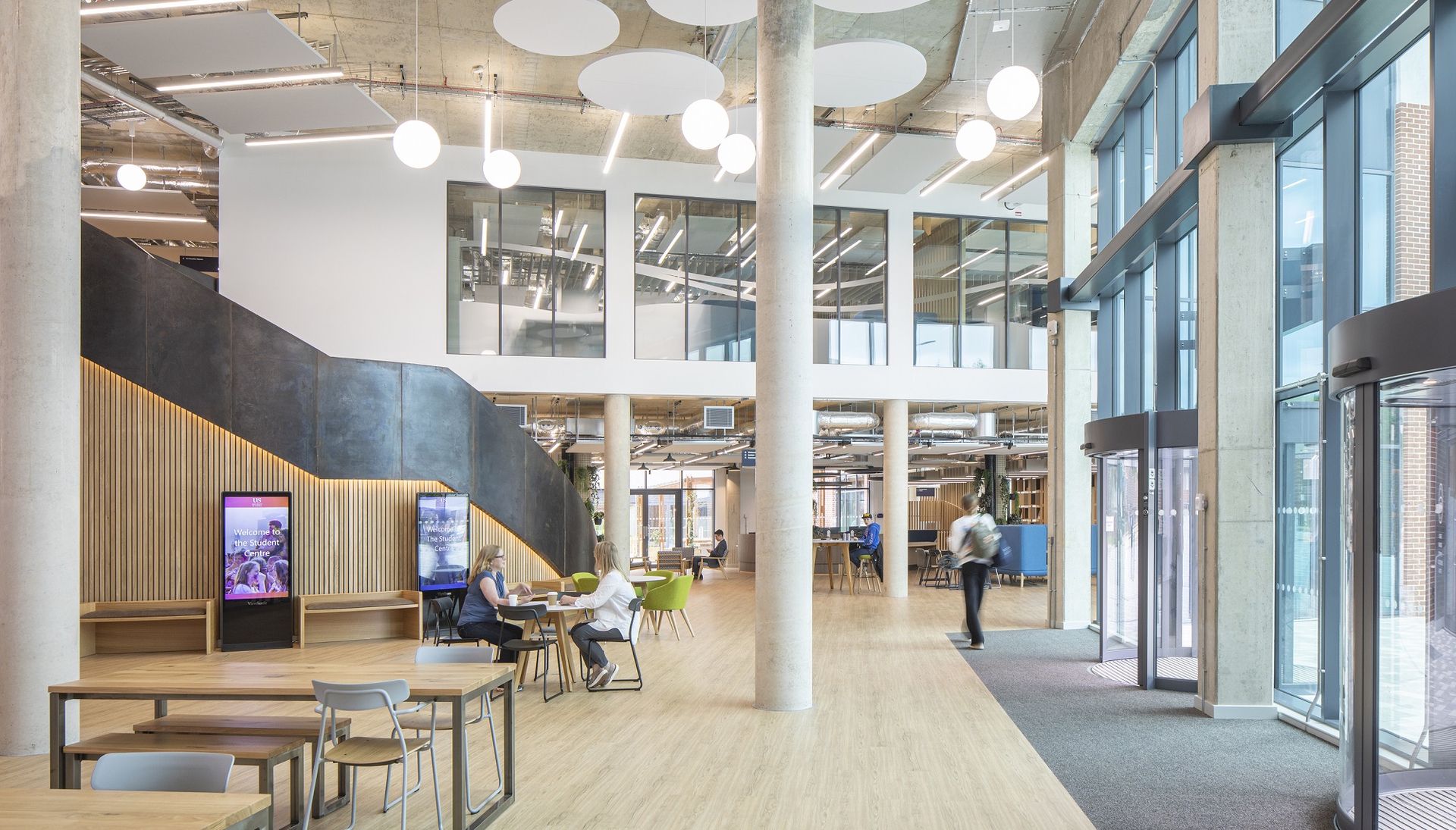
Global Workscapes: Workplace Wellbeing Trends Worldwide
In today's interconnected world, businesses have transcended geographical boundaries, ushering in a new era of remote working. Workplace approaches once varied significantly by country and continent, each shaped by unique societal, economic, and technological factors, but as the COVID-19 pandemic – referred to by some as ‘the great equaliser’ – has accelerated remote and hybrid work adoption, how different are workplace trends by location today?
In our brand-new blog series, Global Workscapes, we’ll be delving into key workplace trends, and comparing the similarities and differences around the globe. In this blog, we delve into how businesses are managing employee wellbeing and how these differ by country, continent and region.
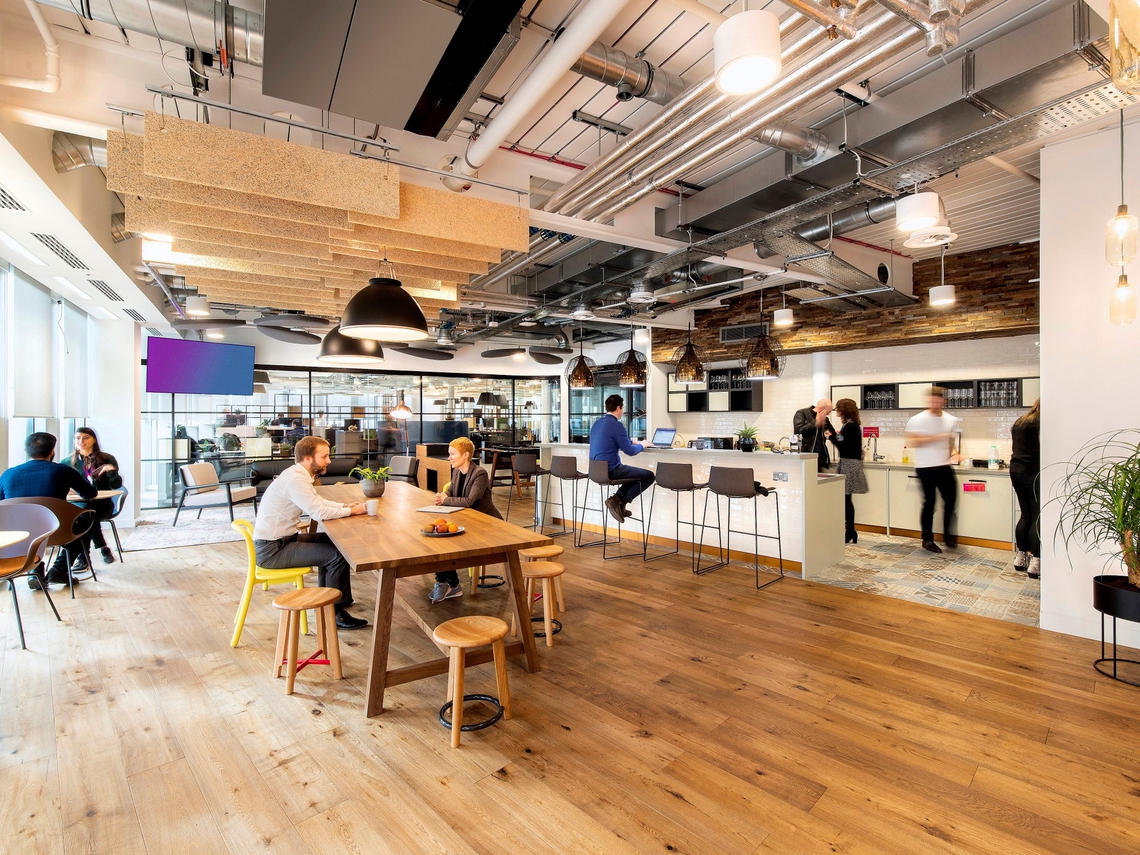
The Global Wellbeing Challenge
The downturn in workplace wellbeing has developed from a pressing topic to a global crisis. Data from Gallup indicates that 44% of workers worldwide reported experiencing workplace stress the previous day, an all-time high. Gallup’s global wellbeing indicator shows that around a mere 33-35% of global workers say they’re thriving and only 24% of employees strongly agree that their organization cares about their overall wellbeing.
As reported in our first Global Workscapes blog, employee stress is the biggest challenge facing the global labour market in 2023. These changes have been driven by a combination of factors, including the post-pandemic shift to remote work, increased stress and mental health concerns, changes in work routines, and evolving employer policies.
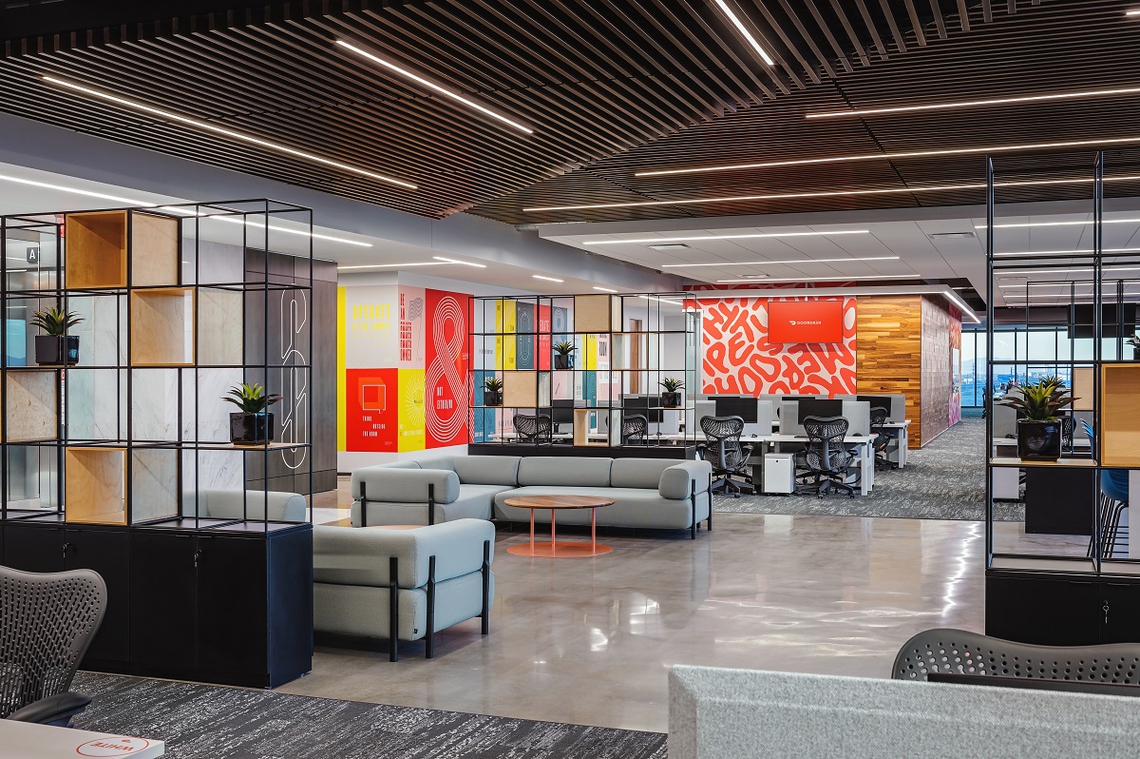
Cultural Influences on Wellbeing
It's crucial to recognize that perceptions of wellbeing differ significantly by region, shaped by economic disparities, cultural norms, and local influences. For instance, in countries marked by economic inequalities, such as Brazil, having any form of employment may equate to high employee wellbeing.
These variations extend to different industry sectors as well. Notably, the financial services industry in the United Kingdom has unique expectations regarding work-life balance compared to other sectors.
Asia-Pacific workers consistently report lower levels of employee wellbeing compared to the global average. Cultural and societal factors play a significant role in this. In Singapore, for instance, a survey found that 90% of employees wouldn't seek help for mental health issues due to stigma.
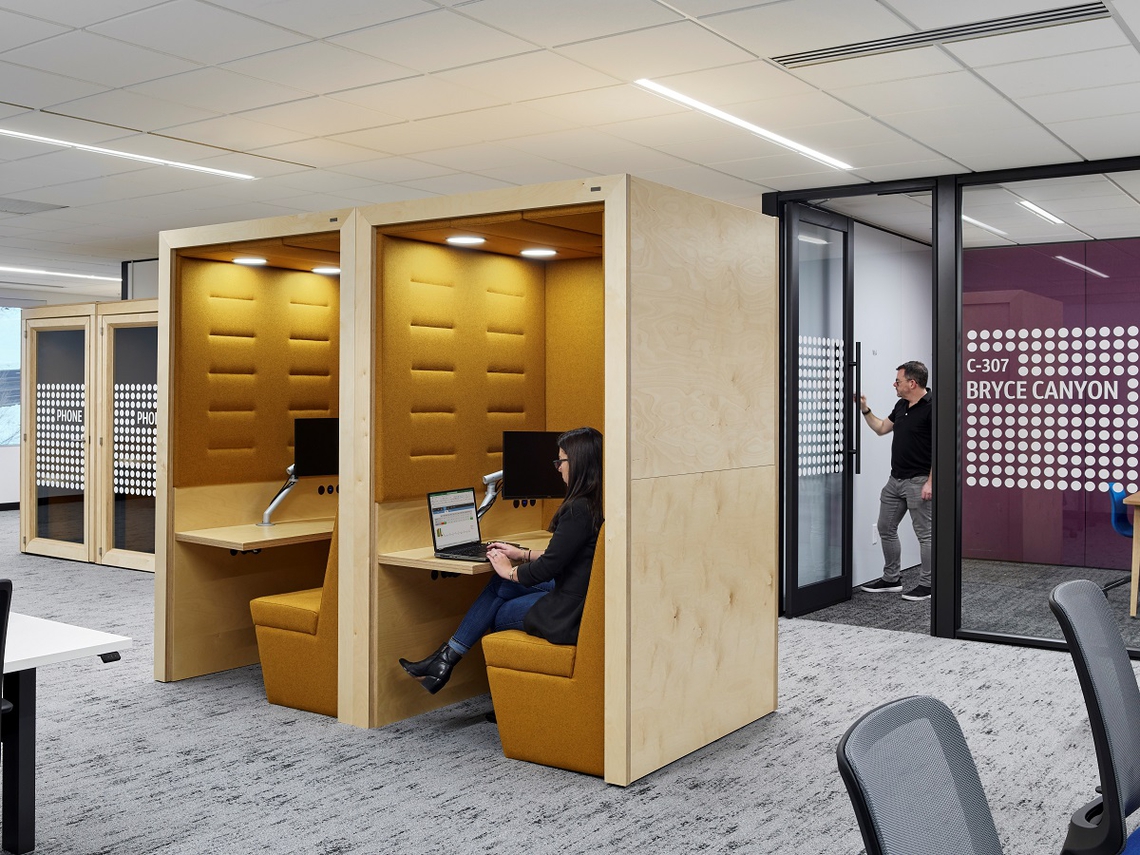
Asia-Pacific employees, in particular, face challenges related to remote work and cultural differences. Japan, for instance, struggles with a cultural preference for in-person work and limited access to personal computers.
The British Chamber of Commerce in China's 2022 report, 'Wellbeing and Resilience in the Workplace,' revealed gender disparities in wellbeing, with women reporting lower levels than men. This could be linked to gender equity dynamics and the differential impacts of COVID-19 on men and women.
Gallup's State of the Global Workplace Report highlighted that East Asia, including China, shares the highest global levels of employee stress. Lockdowns, especially extended ones, such as those experienced in Toronto and Shanghai, may have contributed to this stress.
These findings underscore the significant influence of cultural and societal factors on wellbeing. However, a common thread running through all these factors is the substantial impact of workspace environment and flexibility.
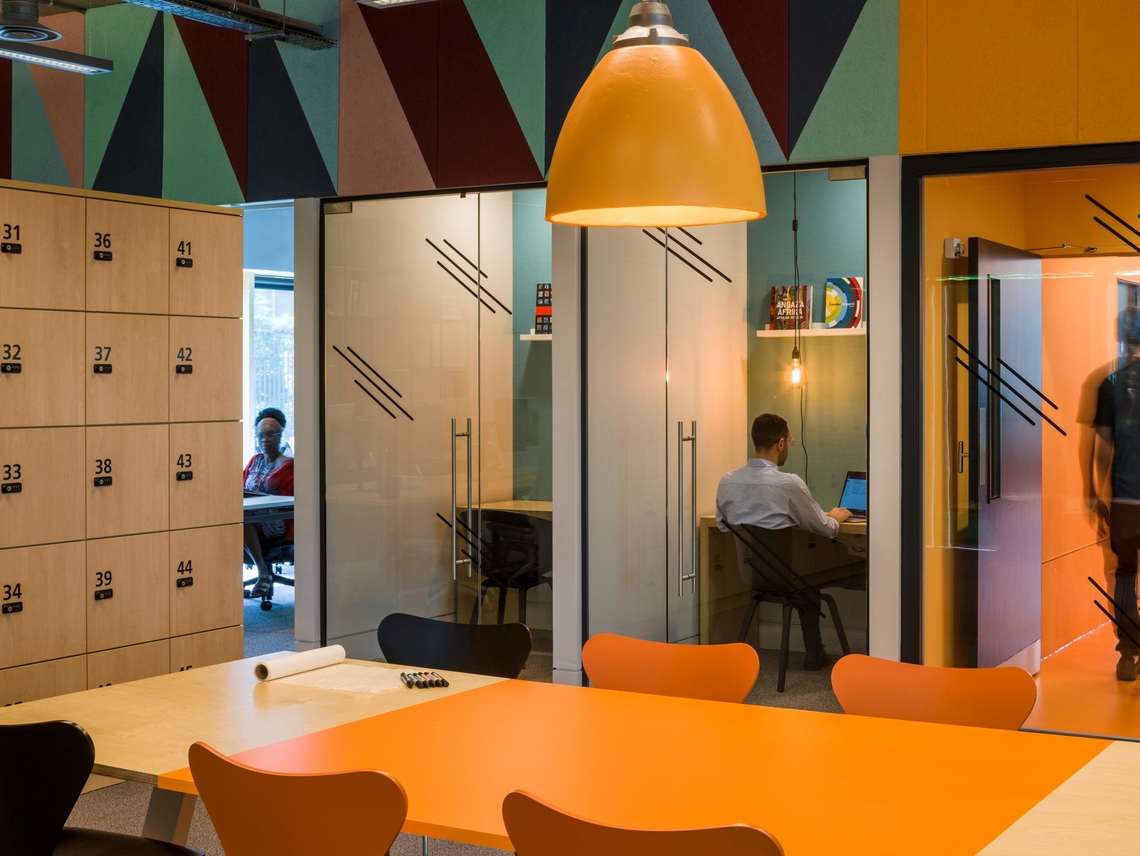
The Impact of Workplace Environment
In mid-April 2020, global surveys showed a significant increase in remote work adoption during the crisis, varying by country. Canada saw an increase of 30% while South Africa reached 70%. However, South African government data revealed a quick return to pre-crisis norms, with remote work dropping to 17% in Q2 2020 and 11% in Q3 (South Africa 2020).
The 2022 Mental State of the World report highlights South Africa's mental health challenges, with its average Mental Health Quotient (MHQ) scoring nearly 20 points below the global average of 64. While contributing factors like a high unemployment rate are at play, this data underscores the profound impact of a society's approach to flexibility on the mental wellbeing of its workforce, accentuating the link between remote work and mental health.
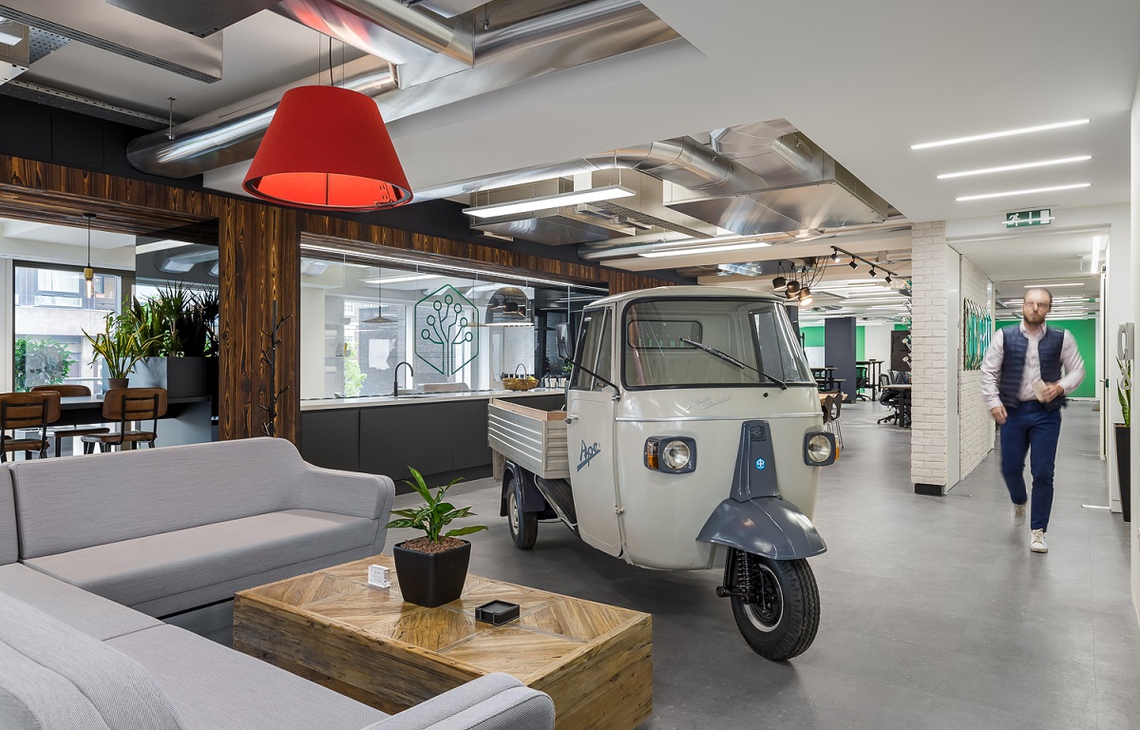
However, Gallup's 2022 study offers a more optimistic perspective. It reveals that employees view their current hybrid work arrangements as beneficial, enhancing their personal wellbeing and productivity. This suggests that a balanced approach, offering ample flexibility, is more conducive to overall wellbeing than fully remote practices.
So, it's essential to recognise that remote work, while valuable, may not be a one-size-fits-all solution. Countries like the UK and US are experiencing increased stress levels despite the prevalence of remote work. As inherently social beings, employees thrive on interaction and collaboration. Therefore, the key lies in providing opportunities for flexible work arrangements.
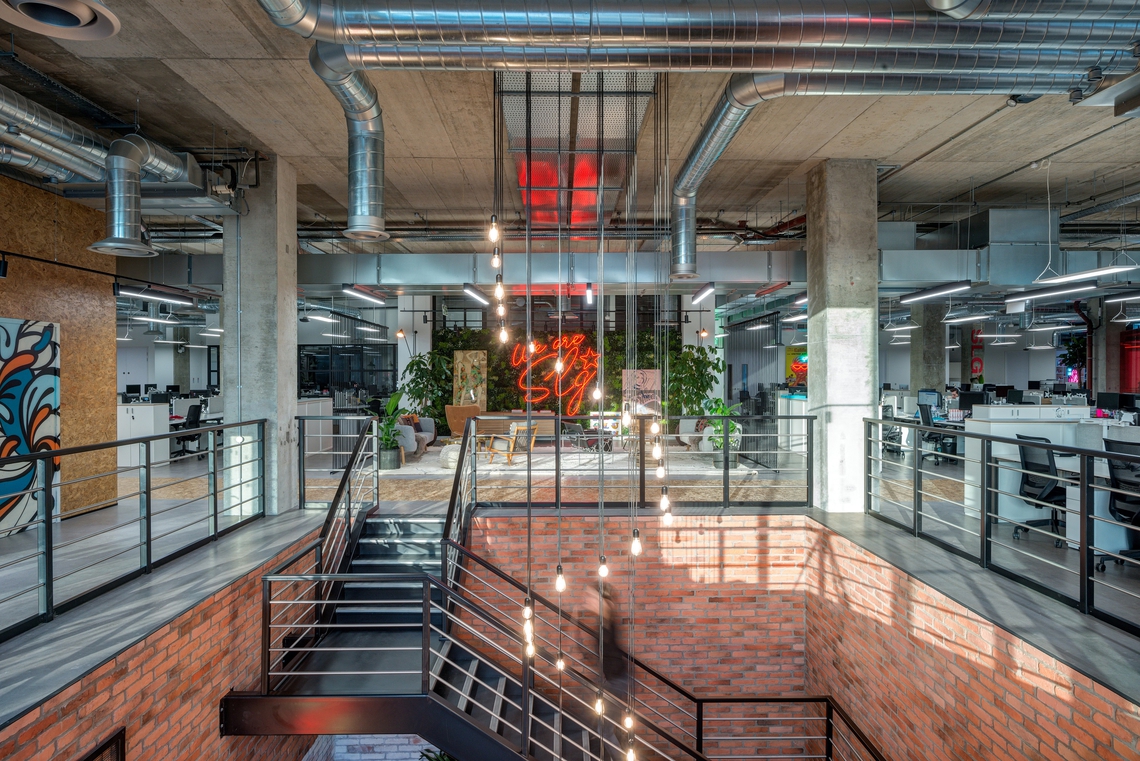
Global Prioritization of Employee Wellbeing
Portugal, often regarded as a pioneer in progressive workplace policies, continues to set an example in the realm of employee wellbeing. The country made history by introducing a temporary legal framework for remote work in Europe at the pandemic's onset. Building on this foundation, in November 2022, Portuguese lawmakers passed a ground-breaking remote working law. This law not only restricts employers from contacting employees outside of working hours but also mandates them to cover expenses related to home-based work, including household bills. This legislative milestone represents a significant step forward in supporting hybrid and remote working while prioritizing employee wellbeing.
Germany has also taken steps to address remote work. In January, new regulations made it mandatory for workplaces to offer employees the opportunity to work from home, provided there are no compelling operational reasons against it.

Beyond Europe, companies worldwide are making notable efforts to enhance employee wellbeing for its flexible workforce:
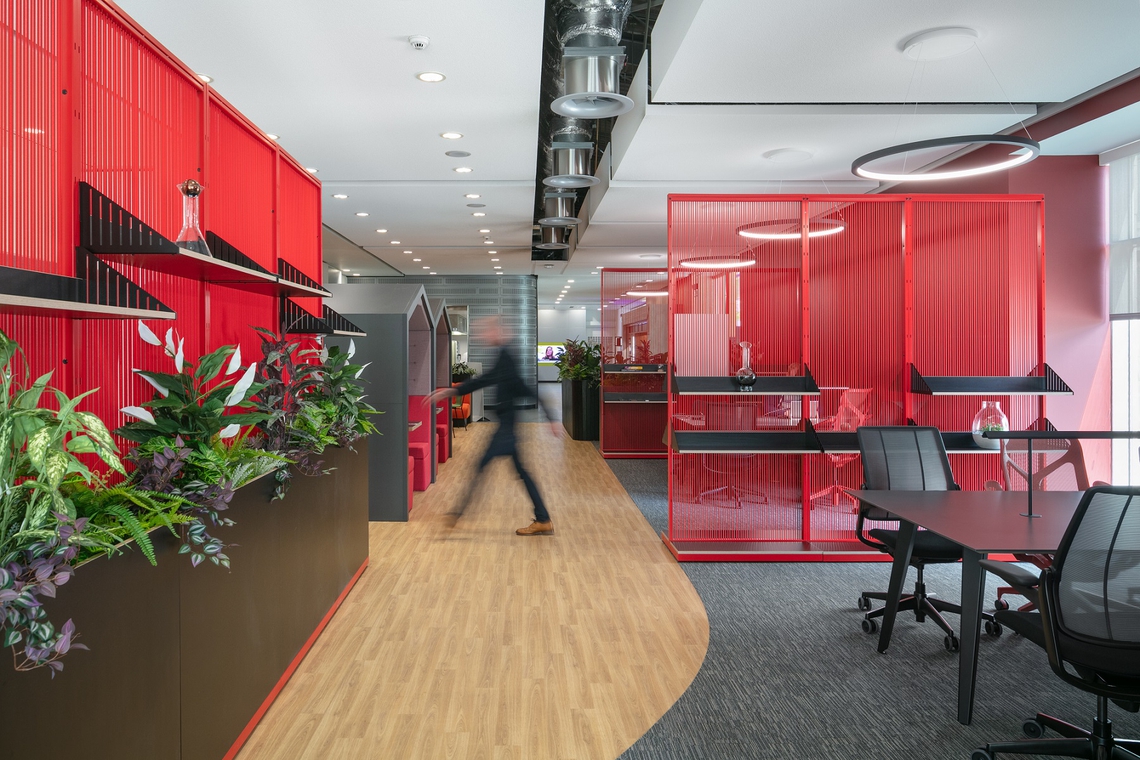
Global trends in workspace design are increasingly centered around prioritizing employee well-being, and with good reason. This shift acknowledges that a healthy and content workforce is not just an aspiration but a strategic necessity.
Forward-thinking companies understand that flexible work arrangements and well-thought-out workspace designs can significantly contribute to employee wellness. These trends reflect a global realization that investing in employee well-being is an investment in the future of the business.
Balanced flexibility, ergonomic designs, and the embrace of hybrid work models are all part of the formula for fostering employee well-being. These trends underscore the value of creating workspaces that reduce stress and cater to diverse needs. By crafting work environments that prioritize well-being, businesses position themselves for sustained growth and dexterity in a dynamic market.
In our next Global Workscapes blog series, we’ll be exploring …. and how this varies according to flexibility, culture, region and technological differences.
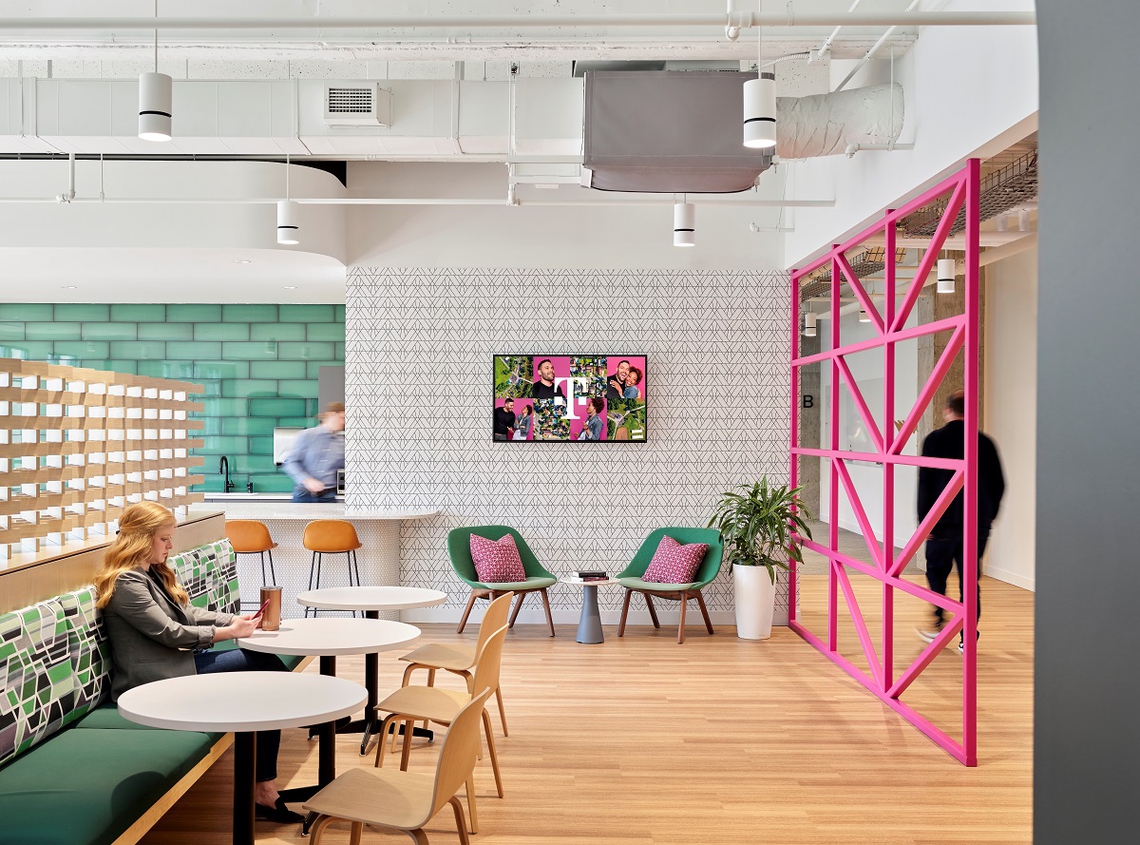
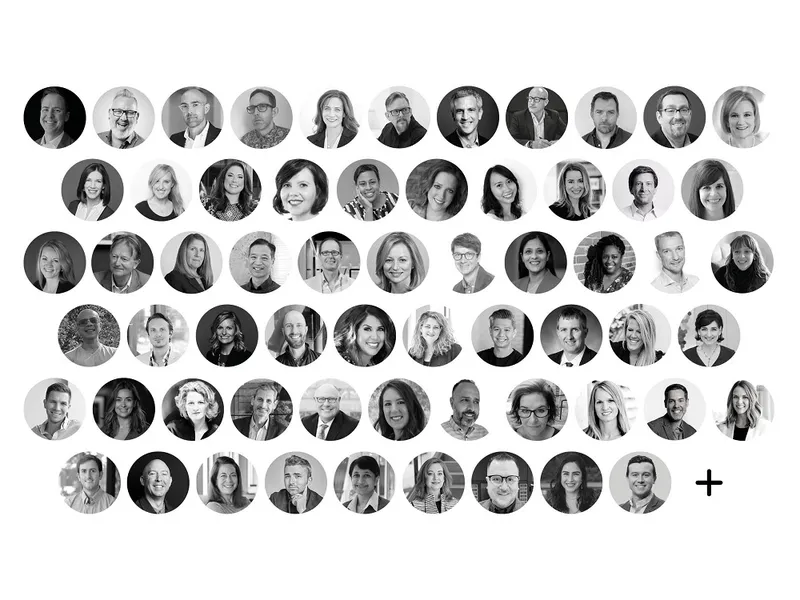
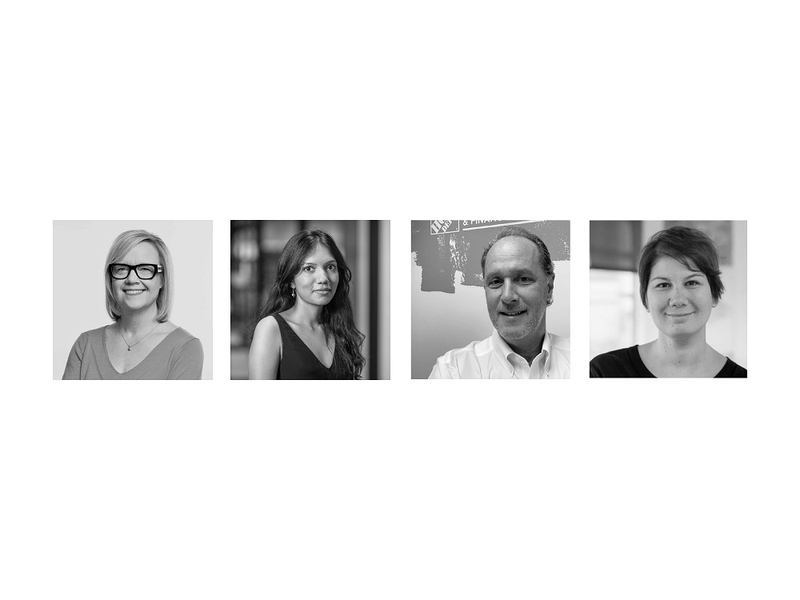

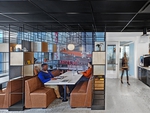


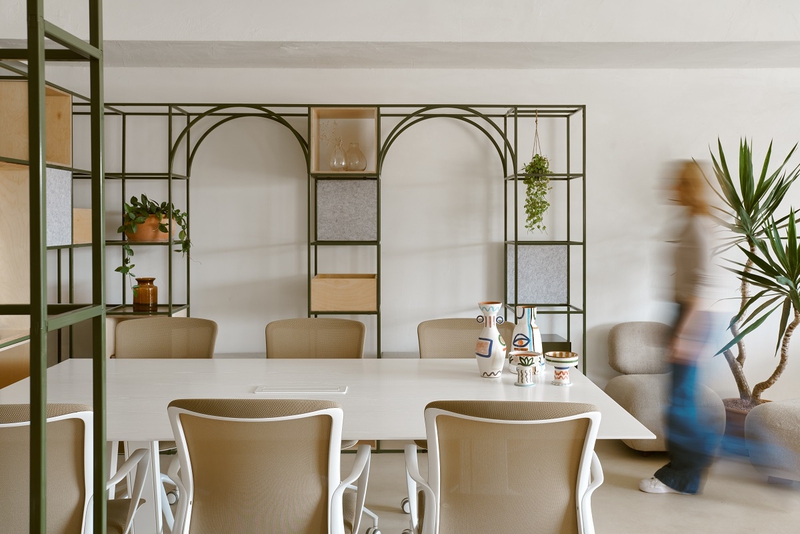
"Where the furniture become works of art"
ARCHITECTURE & DESIGN
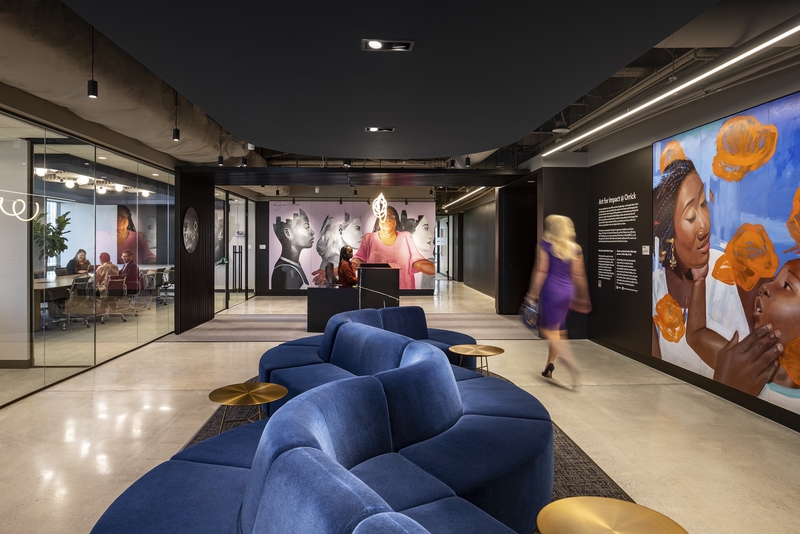
Unispace's transformation of Orrick's workspace in downtown Los Angeles is a testament to the power of intentional inno…
PROFESSIONAL SERVICES
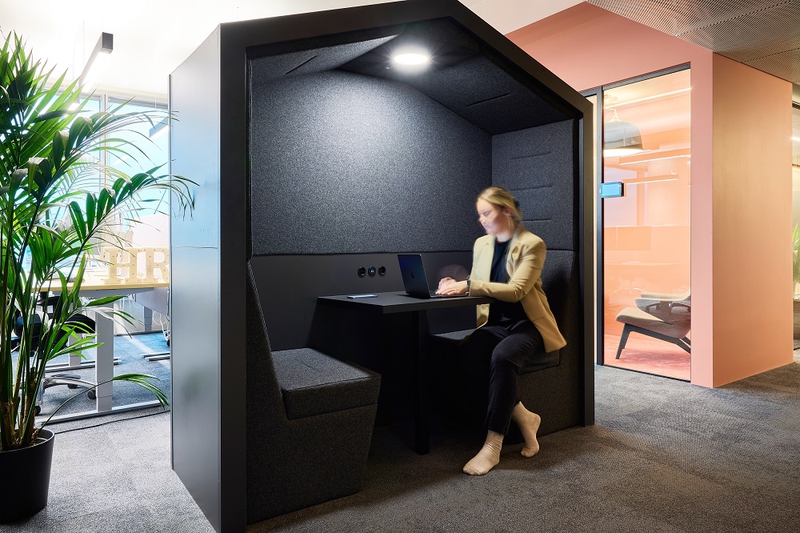
Located in Ülemiste City, Tallinn's most innovative district, this project marked the company's newest and most excitin…
TECHNOLOGY & IT